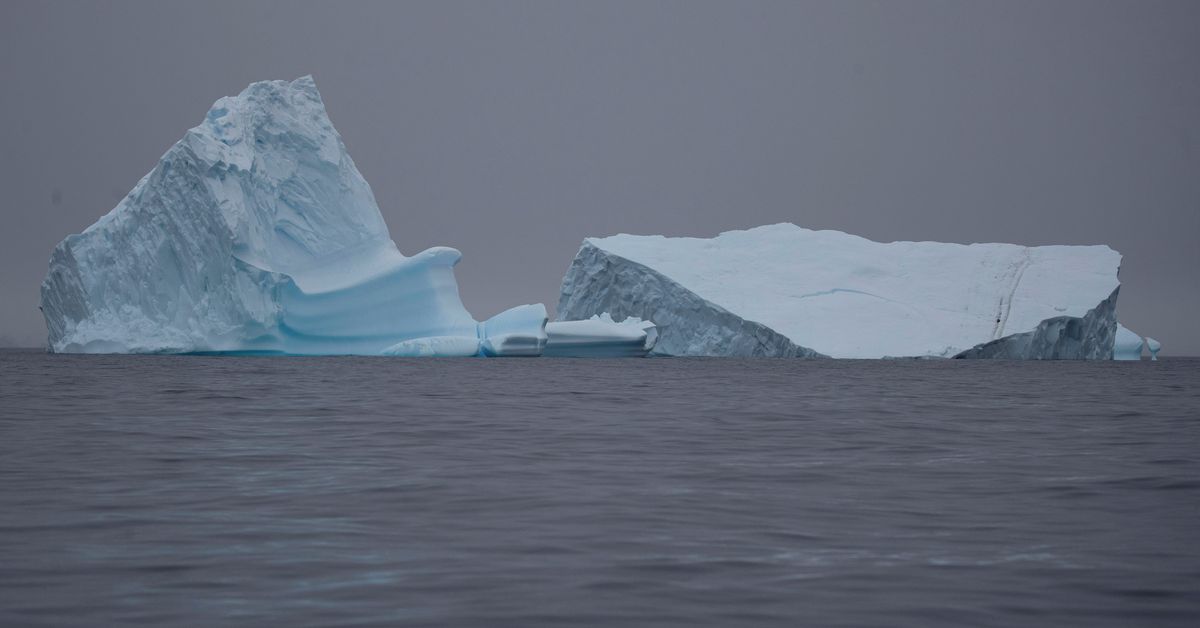Researchers warn the shift can have dire consequences for animals like penguins who breed and rear their young on the sea ice, while also hastening global warming by reducing how much sunlight is reflected by white ice back into space.
Antarctic sea ice extent peaked this year on Sept. 10, when it covered 16.96 million square kilometers (6.55 million square miles), the lowest winter maximum since satellite records began in 1979, the NSIDC said. That’s about 1 million square kilometers less ice than the previous winter record set in 1986.
“It’s not just a record-breaking year, it’s an extreme record-breaking year,” said NSIDC senior scientist Walt Meier.



Yeah everything is on fire. Won’t be long before weather events are killing hundreds of thousands of people every storm.